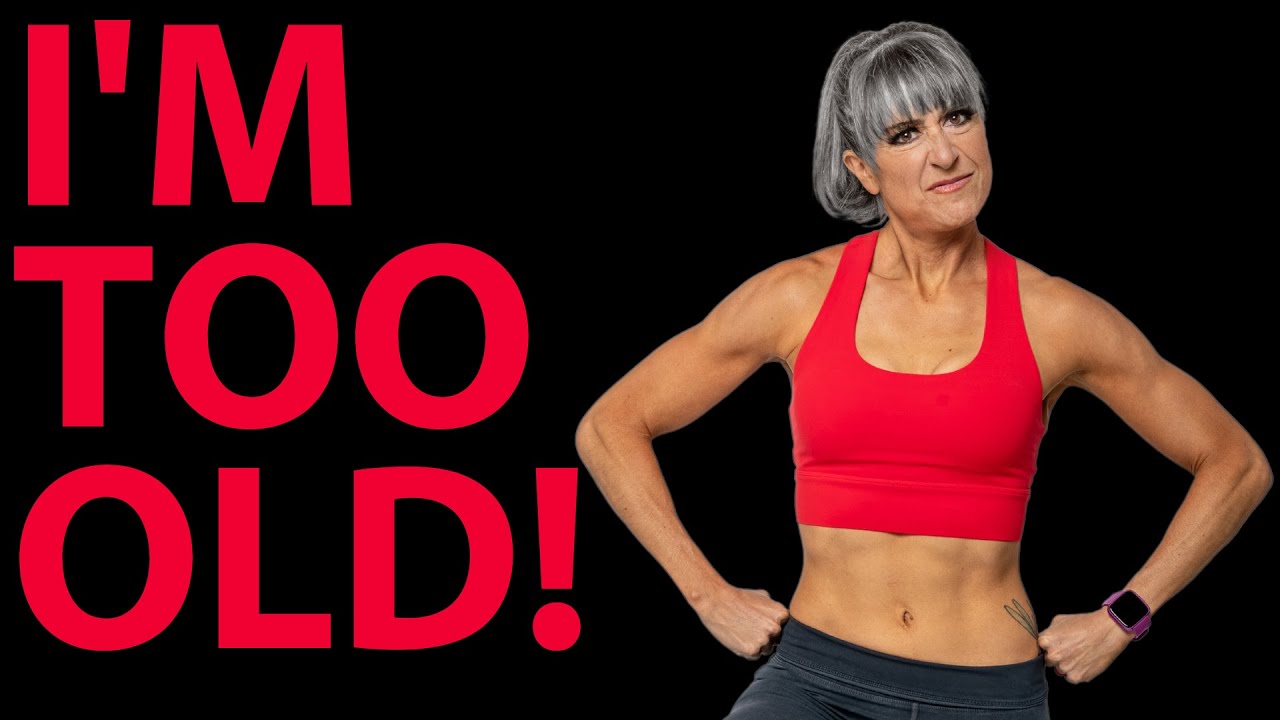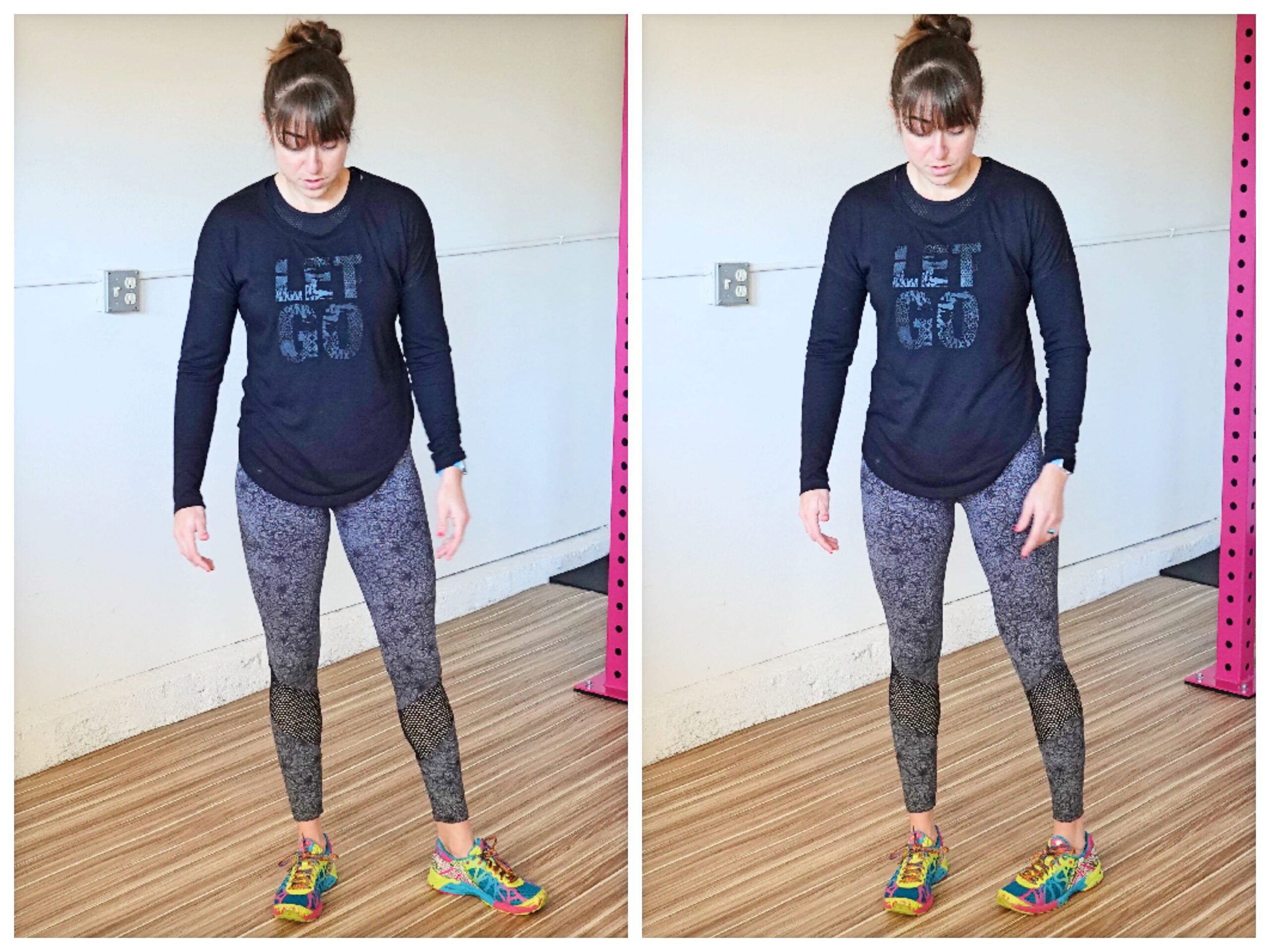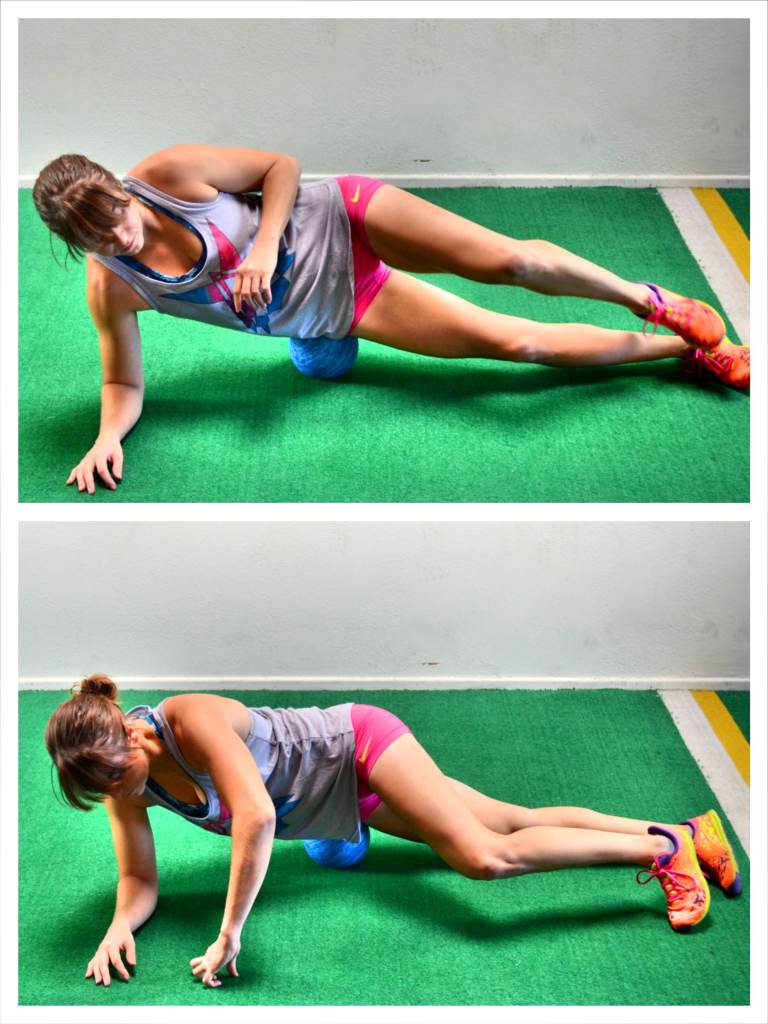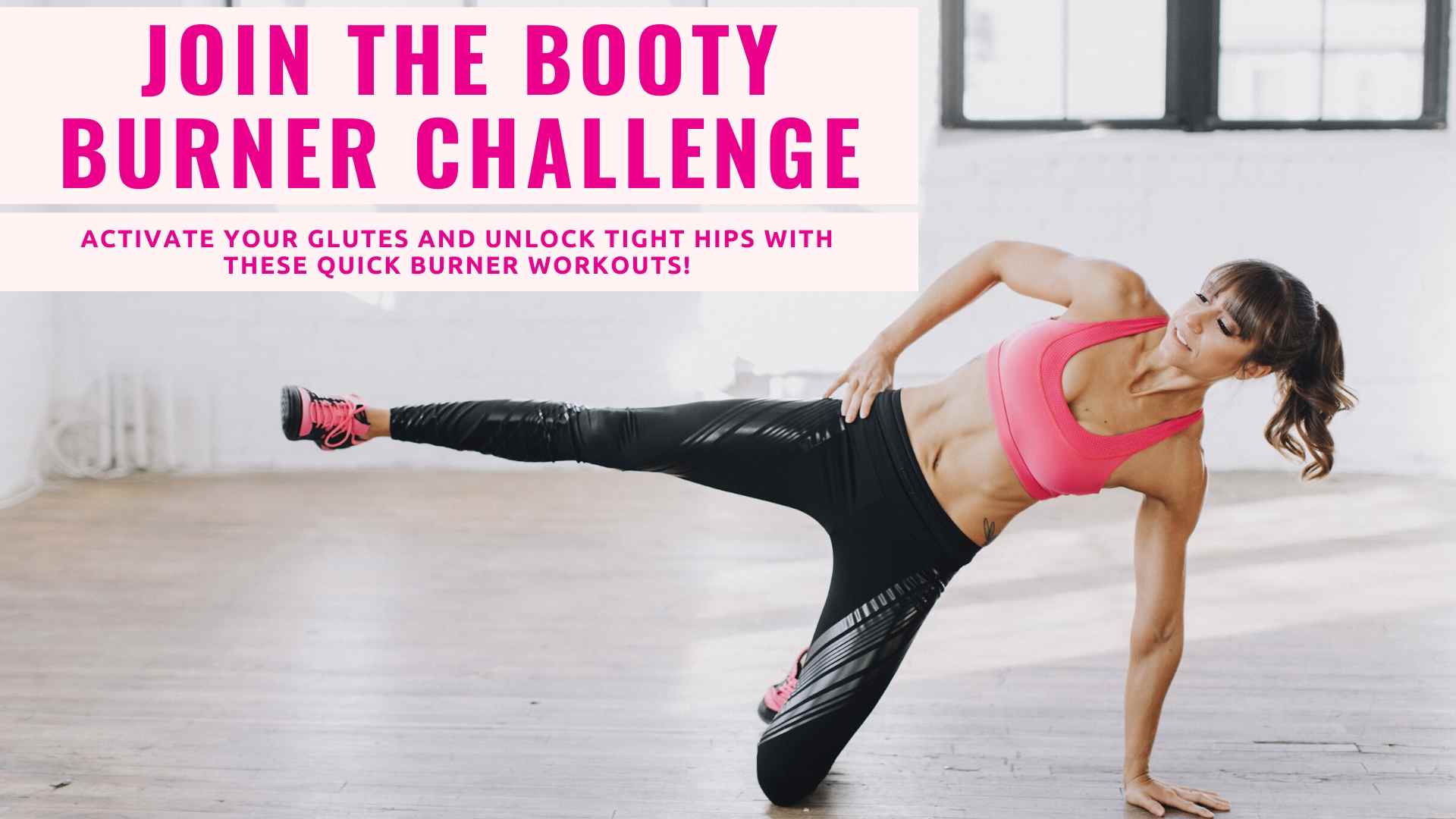
Is An Injury Why You Can’t Lose Fat?
Let’s face it. Injuries suck but so often they aren’t what’s truly holding us back from losing weight.
Often it’s a case of the more you do, the more you do…and our diet starts to slide as we’re thrown out of our normal routine.
However, ultimately we can’t always change our situation…we can only control our perspective.
We can see it as an obstacle or as an opportunity.
How can you see this as an opportunity to actually get better fat loss results over feeling like injuries keep sabotaging your progress?
What are some new things you can EXPLORE?
– New recipes
– New hobbies
– Dialing in your rest and recovery
– Learning about rebuilding from injury – looking for perspectives on your issues and even why they occurred to ask better questions of your health care professionals.
See this as an opportunity to come back STRONGER even with so many habits dialed in to build off of!
But we’ve got to focus on controlling what we can control.
And you 100% can control how you’re fueling.
While you definitely need to train to build muscle, because you need that challenge to adapt and grow stronger. And while training can really help make the fat loss process easier and your results easier to maintain, you can honestly lose fat without doing any activity at all.
Aka being injured really isn’t an excuse!
Sure you may not be able to train exactly how you’d like, but you can see that as giving you more time to try new ratios or learn to track your diet.
Tracking your diet can also make you feel a bit more secure you’re doing what you need and have the power to adjust as you’re lifestyle evolves.
And being out with injury doesn’t mean slashing your calories lower.
While I know we often go straight to this because we feel our activity level has decreased so we’re burning fewer calories, this can also lead to more muscle mass being lost!
It can lead to impaired recovery as healing takes energy!
EAT ENOUGH!
And honestly, if you want a magic pill, protein is it!
It is the building block of all of your tissues aka all of the things that need to repair from injury.
So while you want to avoid an extreme deficit, your energy intake will decrease. And you don’t want your protein levels dropping too much during this time.
Protein can aid in your recovery and help you retain lean muscle mass, which can also help you keep lean while not training the way you’d like.
Studies have shown that “insufficient protein intake will impede wound healing and increase inflammation to possibly deleterious levels.”
It’s honestly why I even have clients take BCAAs when out with injury as they can help improve muscle mass retention and are no calories to avoid consuming too much.
And, partly due to the fact that BCAAs can help us build and retain lean muscle, but also due to the fact that isoleucine and leucine help improve glucose tolerance and increase energy expenditure and fat oxidation, they may also help you increase fat burning and fat loss. Especially when insulin sensitivity has been decreased due to a reduction in exercise.
https://www.ncbi.nlm.nih.gov/pmc/articles/PMC4672013/
It’s also why I promote Collagen use during recovery periods especially as well.
Collagen is the most abundant protein in the body and is used to make connective tissues.
Type 1 and 3 collagen are for skin health and help with sagginess, wrinkles and wound healing. Type 2 collagen is for joint health and may help relieve joint pain, swelling and stiffness.
Even take collagen with Vitamin C as vitamin c boosts natural production of collagen as well.
Plus vitamin c itself helps with tissue repair and growth
Even jut 5-15 grams of collagen with 50mg of Vitamin C can be a great bonus!
Drink enough water! Hydration is key to you healing quickly, not eating out of boredom and sleeping well!
NOW BEFORE YOU NOD YOUR HEAD AND START TRACKING WHILE HEADING BACK TO THE COUCH….
Realize you CAN truly do so much to keep training!
And this doesn’t mean pushing through the pain!!
We have to stop thinking that because we can’t train how we normally would that we can’t do anything at all.
Even just some form of training can go a long way in maintaining the muscle mass and strength we’ve built. Even if we aren’t training those same areas in the exact way we would like.
It’s sometimes about doing the minimum you can to keep that muscle memory, put the breaks on muscle mass loss and create that anabolic environment to avoid muscle catabolism.
Because even if we can’t do enough to BUILD, often we can do enough to MAINTAIN!
And there are so many ways to modify around injuries.
Ankle injury?
Try kneeling squats.
Shoulder injury, try lower body workouts.
Knee pain and want to do cardio? Try even battle ropes seated.
See this as an opportunity to have fun training around.
Even depending on the ache or pain, you can sometimes modify the exact movement to engage the correct muscles.
And then focus on this as a chance to rebuild your foundation stronger!
Do that prehab. Focus on the mind-body connection.
Learn about and address what lead to the overload.
Even find other weaknesses to work on!
Maybe this is the chance to do a deload and address other mobility restrictions or areas that have been achy in the past.
Studies have even shown that training one limb can improve strength gains in the untrained limb. So while we don’t want to go crazy, it does show that doing SOMETHING can even pay off.
https://pubmed.ncbi.nlm.nih.gov/31136543/
And then rebuild slowly.
Don’t just do less, truly meet yourself where you’re at so you even crave more.
And during this time as I mentioned to start, see this as an opportunity.
Dial in other areas of your healthy habits, even including your sleep.
For more on even mobility work and that full 3-part rehab process, check out the links below…
Shoulder Mobility: https://youtu.be/













